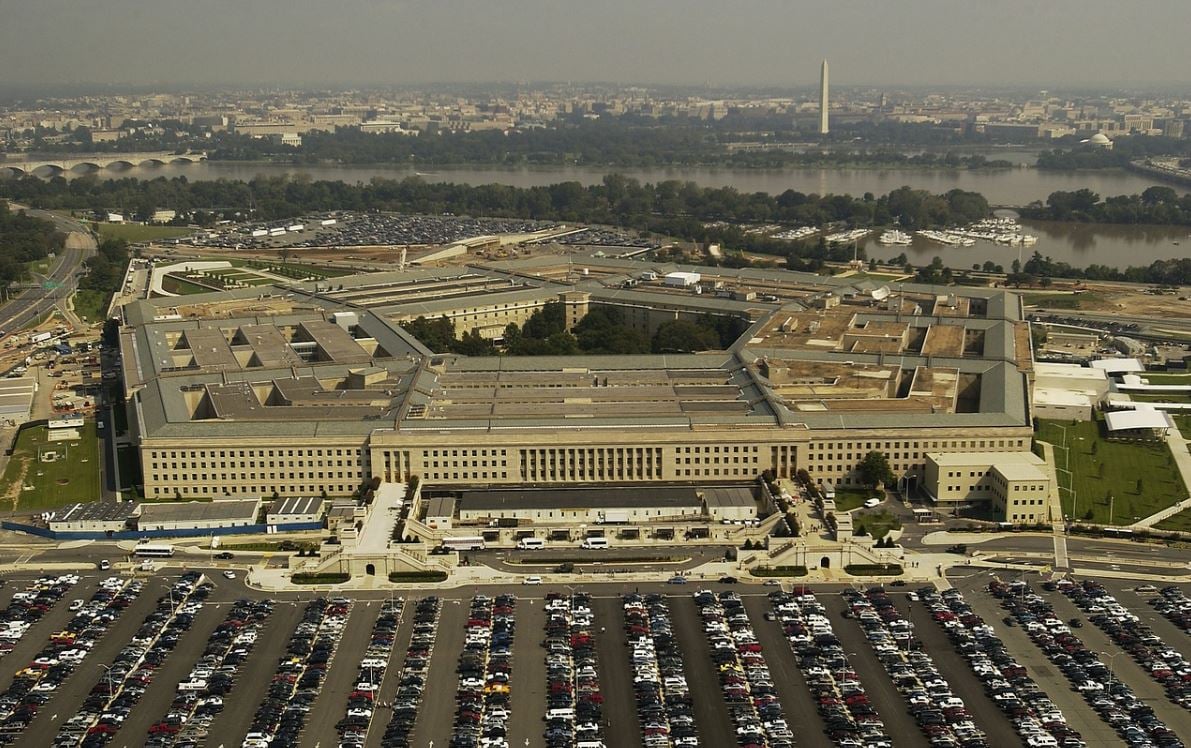List of Military Installations Dealing With PFAS Chemical Contamination Expected to Grow

WASHINGTON – The number of U.S. military installations contaminated with potentially cancer-causing chemical compounds found in firefighting foam is expected to rise as a Defense Department task force continues to assess the problem, the Pentagon said last week.
During a roundtable with reporters, Assistant Secretary of Defense for Sustainment Bob McMahon said he expects the number of bases identified as contaminated will grow “as we begin to get a better understanding and better characterization of where we are.”
The problem stems from per- and polyfluoroalkyl substances, also known as PFAS chemicals, which are found in a number of industrial and household products, including firefighting foam.
A number of studies have linked PFAS chemicals to birth defects, infertility, developmental delays and some cancers.
The Defense Department began widespread testing for contamination in drinking water at its facilities in 2016, followed by testing of groundwater on and near military installations.
Last year, it announced that of 524 installations examined, 401 have some level of contamination. Twenty-four of those had drinking water contamination at levels higher than the Environmental Protection Agency’s lifetime health advisory of 70 parts per trillion.
In July, Defense Secretary Mark Esper directed the Pentagon to establish a task force to study the chemicals and the potential impact they have on military personnel and the communities surrounding domestic military facilities.
Then, on Sept. 13, the nonprofit Environmental Working Group released a study suggesting as many as 90 additional current and former Army and Army National Guard installations had higher levels of ground or drinking water contamination than previously indicated.
The Defense Department task force will look at the health effects of contamination, science-supported standards for exposure and cleanup, and how best to coordinate inter-agency collaboration to address issues found.
McMahon said to date the task force has generated 40 recommendations and goals, from short-term fixes to long-term solutions to address PFAS-related issues.
He also said no military personnel or family members whose drinking water comes from Defense Department-managed water sources are consuming levels of PFAS higher than the lifetime health advisory limit.
The focus on PFAS chemicals comes as House and Senate negotiators work to hammer out a final deal on the 2020 National Defense Authorization Act — the defense spending bill.
Both the House and Senate versions of the bill include provisions to restrict PFAS discharges into water and end the military’s use of PFAS in firefighting foam and food packaging.
On Monday, the Environmental Working Group published an editorial on its website, telling supporters it is especially important that the NDAA would designate PFAS as “hazardous substances.”
“This would trigger a higher level of reporting requirements, kick-start the cleanup process and mandate that the polluting companies – not taxpayers – pay for the cleanup, instead of pointing fingers at each other and avoiding responsibility,” the editorial says.

























